Migraine Awareness Week
Migraines in the Workplace
It starts with a tiny sun spot in the centre of my vision.
I’m reading, and I suddenly realise I can’t quite focus my eyes, as though I’ve got the after image of a camera flash or sun glare right where I’m trying to look. Closing my eyes, I wait for it to stop.
It doesn’t. The shockwave hits, a slow pond ripple spreading out from the point all the way to my peripheral vision. It’s slow, taking 15 to 30 minutes to complete its journey and during this time I can barely see. As the tunnel of fizzing multicoloured lines fill my vision, I wearily realise my plans for the day are on hold.
Then the migraine pain starts and everything else stops.
…
Migraine Awareness Week is a campaign run by the Migraine Trust to help raise public awareness of chronic migraines and their impact; aiming to reduce stigma towards the condition, particularly within the workplace.
As the opening paragraph would suggest I’m an ocular migraine sufferer myself, albeit on a relatively uncommon basis at present. I’m more likely defined as ‘episodic’ rather than chronic (where headaches occur more than 15 days a month), so I would not presume to know the difficulties chronic sufferers face. However, I at least have an idea of how an attack feels and the impact it can have on your day.
Prior to having them I found it hard to grasp just how debilitating this kind of migraine can be, as the internalised light show and ensuing pain aren’t necessarily apparent to an observer.
Brushed off as a simple headache the uninformed might have you believe taking a paracetamol and carrying on is fair enough, but I can’t overstate how unreasonable this is given the potentially staggering levels of pain a sufferer can face during an attack.
Migraines in the workplace need to be perceived as a genuine illness and should be treated as considerately as any other.
Awareness and workplace measures
Migraine sufferers are by no means uncommon. According to the Migraine Trust there are estimated to be 8 million in the UK alone, accounting for roughly 190,000 migraines across the country on a daily basis*1.
Globally, it is estimated to effect 14.7% of populace which equates to about 1 in 7 people. Most of those afflicted experience an attack at least once a month lasting between 4 and 72 hours, with more than 50% being heavily impaired for the duration. 2% of the world population also suffers the aforementioned chronic definition of the condition, where attacks are likely to occur repeatedly throughout a month*2.
From these numbers you would assume awareness and workplace measures had a decent grasp on the problem, however the condition appears to be caught in a cultural blind spot where it is often overlooked, ignored or actively discriminated against. It may well be its relatively commonplace nature and variable severity are the aspects which see it downplayed in many cases.
There is an unfortunate perception that migraines and headaches are a common excuse to skip out on work, which ironically has the contradictory effect of making many sufferers fear they will be penalised.
As result, so called ‘presenteeism’ is becoming common among those suffering an attack. Besides suffering a potentially agonising and unproductive day this could have further implications such as more frequent or serious attacks in the near future, not to mention a general breakdown in their health as a knock-on effect of failing to rest. To say nothing of other long-term risks the condition may pose.
With this in mind, it is in both the employee and the employer’s best interest to recognise a serious attack as a bout of genuine illness, worthy of short-term leave and time to fully recover.
Identify and control your triggers
There are no definitive conclusions on what causes migraine, however environmental and genetic factors are thought to play part*3; something which seems plausible in my case as I have family history with the condition.

Does your concern for office well-being extend to a career? Take a NEBOSH course to become a professional!
Starting during my early twenties, I was completely unprepared for the impact this would have, particularly on work commitments.
At its worst I was losing a working day every week to an attack with the same pattern each time; visual distortion followed by an excruciating pain in my head behind the eyes and severe nausea. Inside of an hour I typically found myself going from being 100% to being unable to bear light, sound or even standing up straight.
Seeking advice from doctors, other sufferers and by experimenting with recommended forms of prevention and relief I eventually found ways to reduce and manage these attacks. This included more regular breaks from using computers and managing hydration more carefully, along with an eye test and consequent pair of glasses to help relieve eye strain.
Slowly the attacks receded from once a week to, to once a month, to once or twice a year. When they do happen, they are still extremely intense, but thankfully are more a rarity than routine now.
All of the above applies specifically to me mind you, as there are a large number of possible triggers and exact symptoms. If you are suffering from regular attacks, then it’s important to seek professional medical advice and attempt to identify and control your triggers.
Highlighting a few of the most commonplace factors leading to migraine, these include:
- Certain foods: Salty foods and cheeses are sometimes thought to trigger migraines while failing to eat enough may also be a factor. If you’re seeing a correlation between your diet, and migraines try cutting the items in question or adjusting the amount you eat for a while to see if attack regularity is reduced.
- Alcohol and caffeine: For me personally I’ve found that drinking more than a few coffees in a day can be a potential trigger, particularly if I’ve not drunk plenty of water at the same time. As with food, try altering what you drink and see if anything changes.
- Prolonged stress and physical exertion: This was likely a major factor in my case, to the point where after an intensely stressful or busy day I could accurately predict a migraine’s arrival several days later. Learning to manage your stress levels is a topic worthy of its own blog, but as a general rule it’s important to keep perspective on when you need to step back and calm down.
- Irregular sleeping patterns: This could be a case of having too little or too much. Either way, try to establish a regular routine that is ideal for you and avoid late nights to see if this has an impact.
- Prolonged monitor usage, bright lights and other intense stimuli: In my case computer usage and eye strain was often a trigger, but reportedly other potential factors include strong odours, fumes and even exposure to loud sounds.
- Hormonal shifts in women: It’s been reported that changes in oestrogen can be a trigger for many women, with key examples being intense periods, pregnancy and menopause. If this appears to be the case doctor’s advice on medication is recommended.
As outlined in the far from exhaustive list above, factors and relief do indeed vary a great deal so there’s no point in offering catch all advice. What’s important is to establish what your factors are and find a system of relief or improvement that has results for you.
Other means of treatment may include physical exercise, cognitive behavioural therapy and codeine-based painkillers in the event of an attack, but you should always consult a doctor – especially before exploring more serious options – in order to get an informed opinion.
Take action early
If there’s one thing I would like readers to take from this – both those afflicted by migraine and their employers – it’s to not ignore the issue, perceiving it as some kind of weakness or excuse. As highlighted migraines are commonplace and potentially debilitating at their worst. There is no reason there shouldn’t be a consensus on rest and recovery.
Take action early; discuss the matter with your employer to establish an agreeable arrangement for when attacks do occur, seek professional medical advice and find the best means to reduce triggers and control the pain.
Owen Roach
Marketing Assistant
SHEilds Ltd.
Sources
*2 https://www.migrainetrust.org/about-migraine/migraine-what-is-it/facts-figures/
*3 https://www.mayoclinic.org/diseases-conditions/migraine-headache/symptoms-causes/syc-20360201

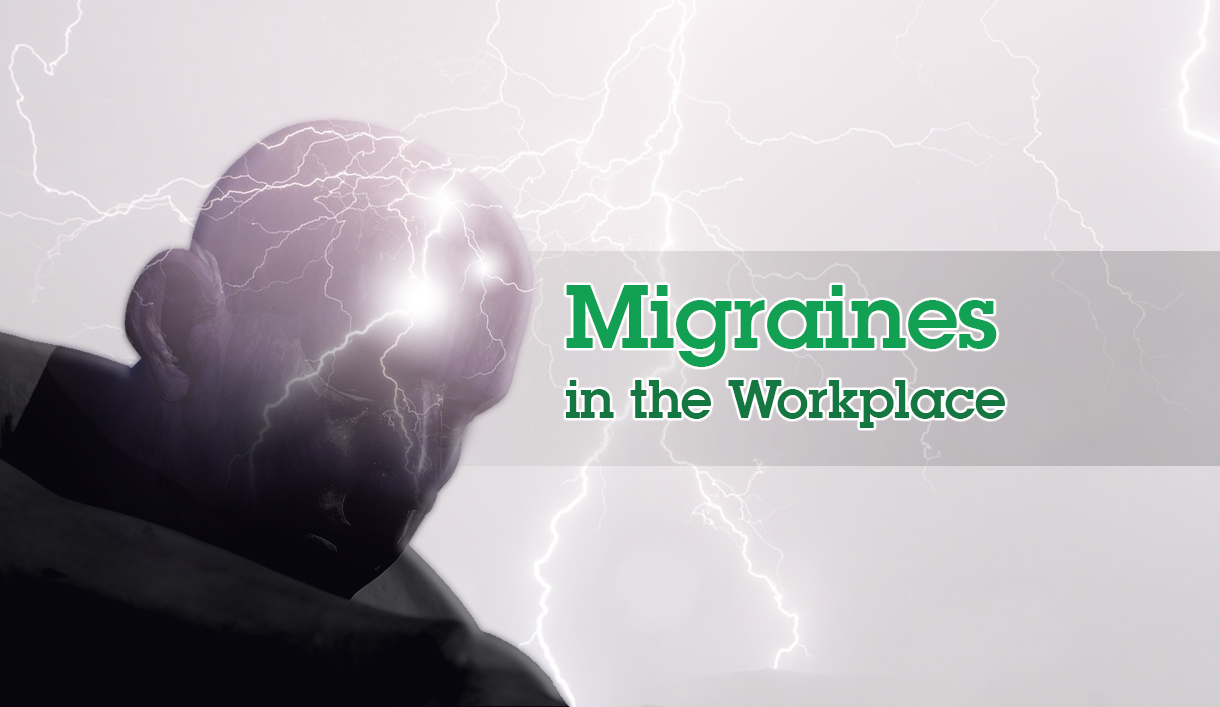
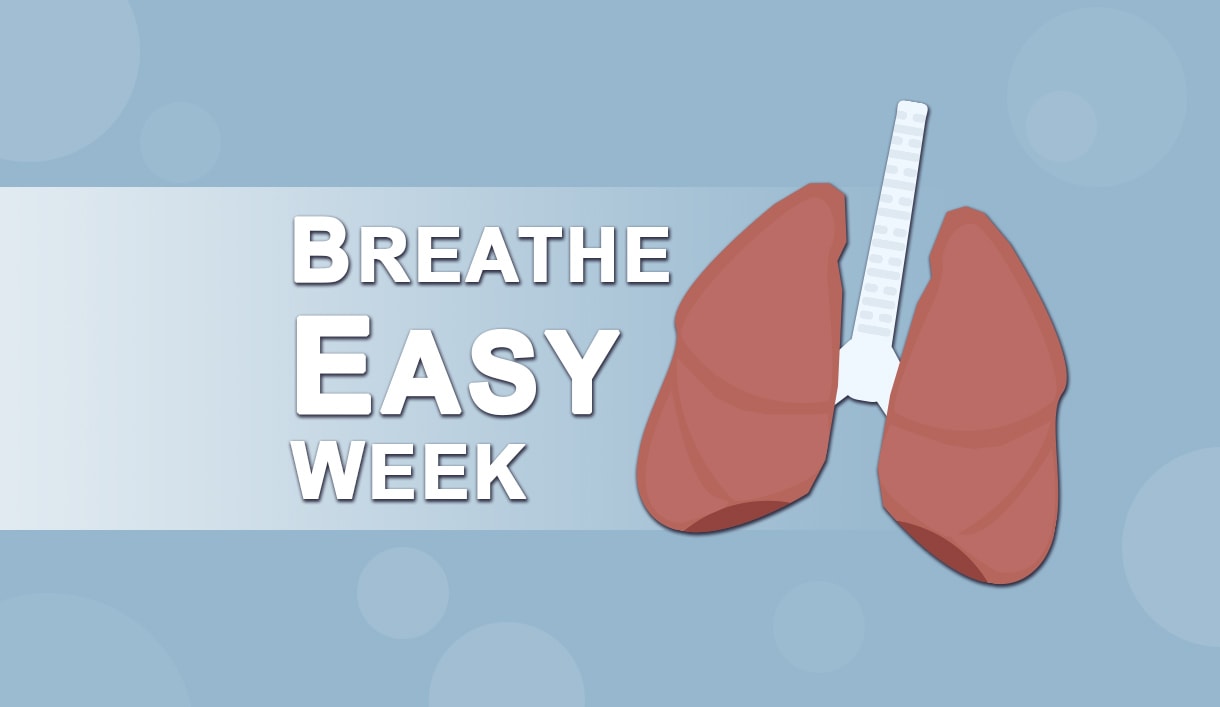
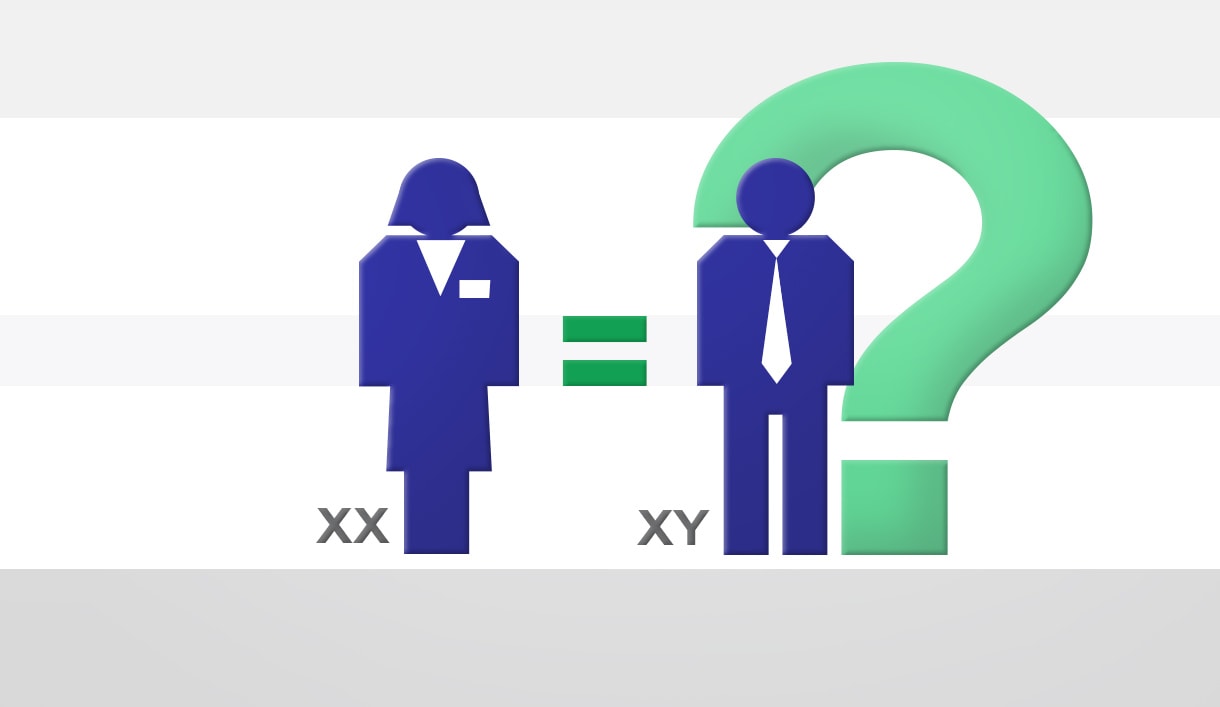
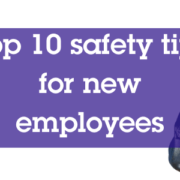
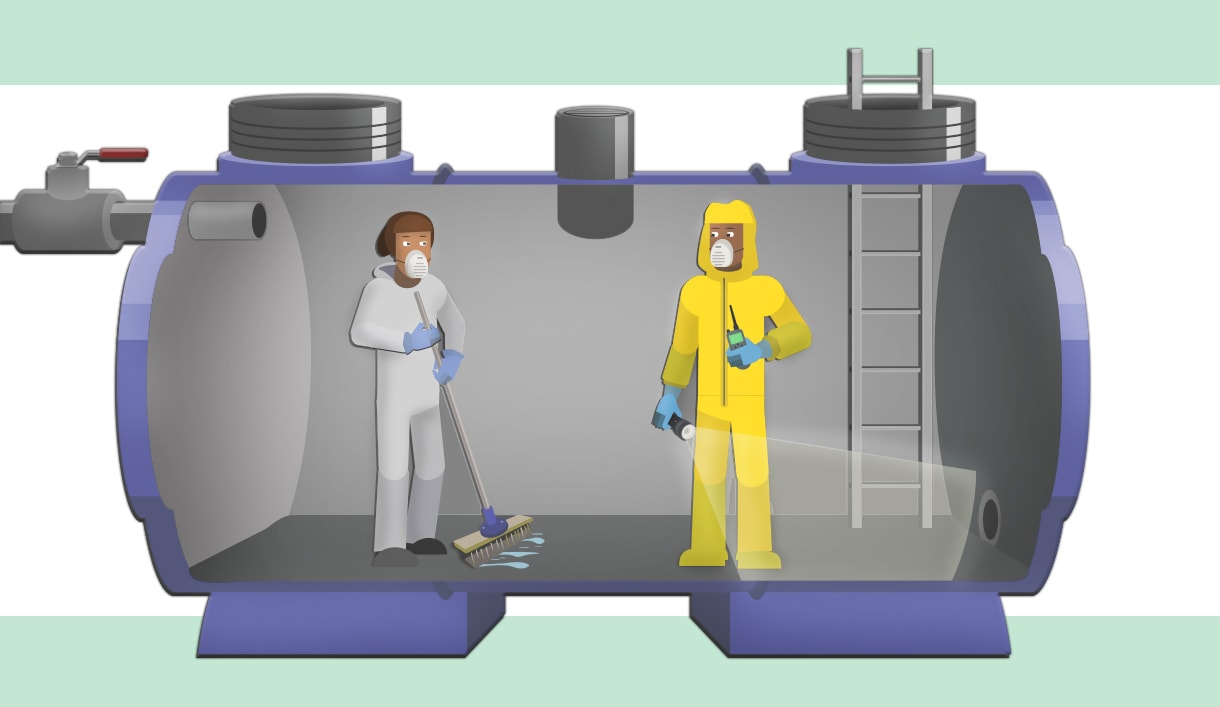
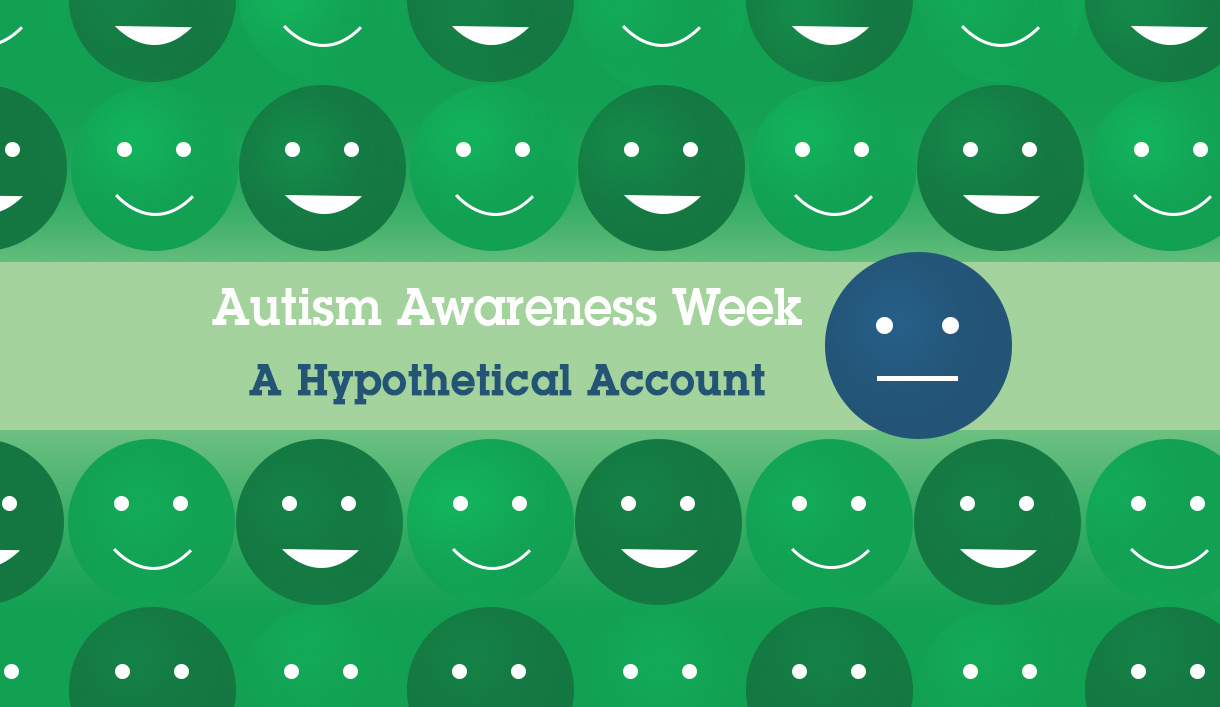

Leave a Reply
Want to join the discussion?Feel free to contribute!